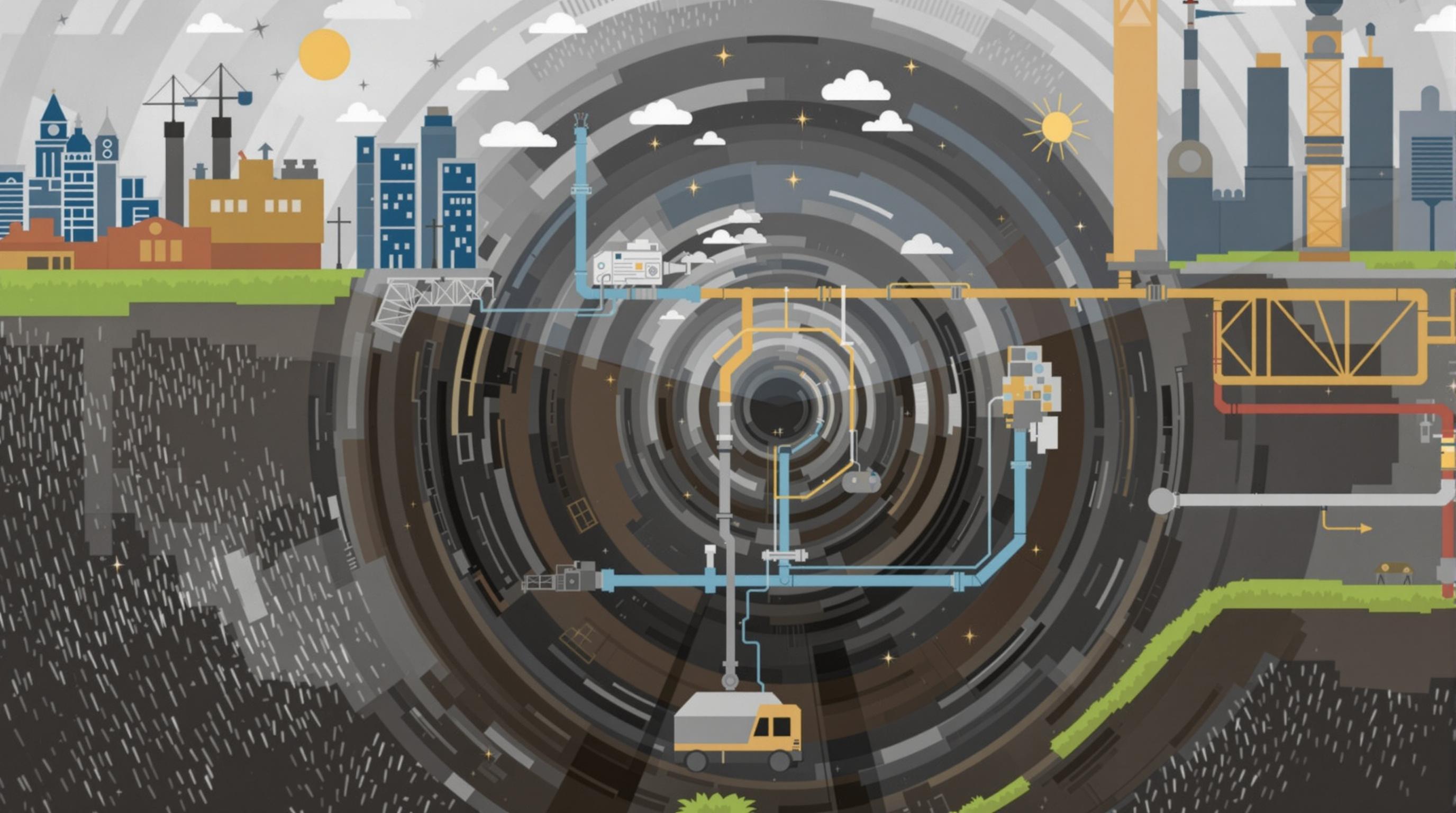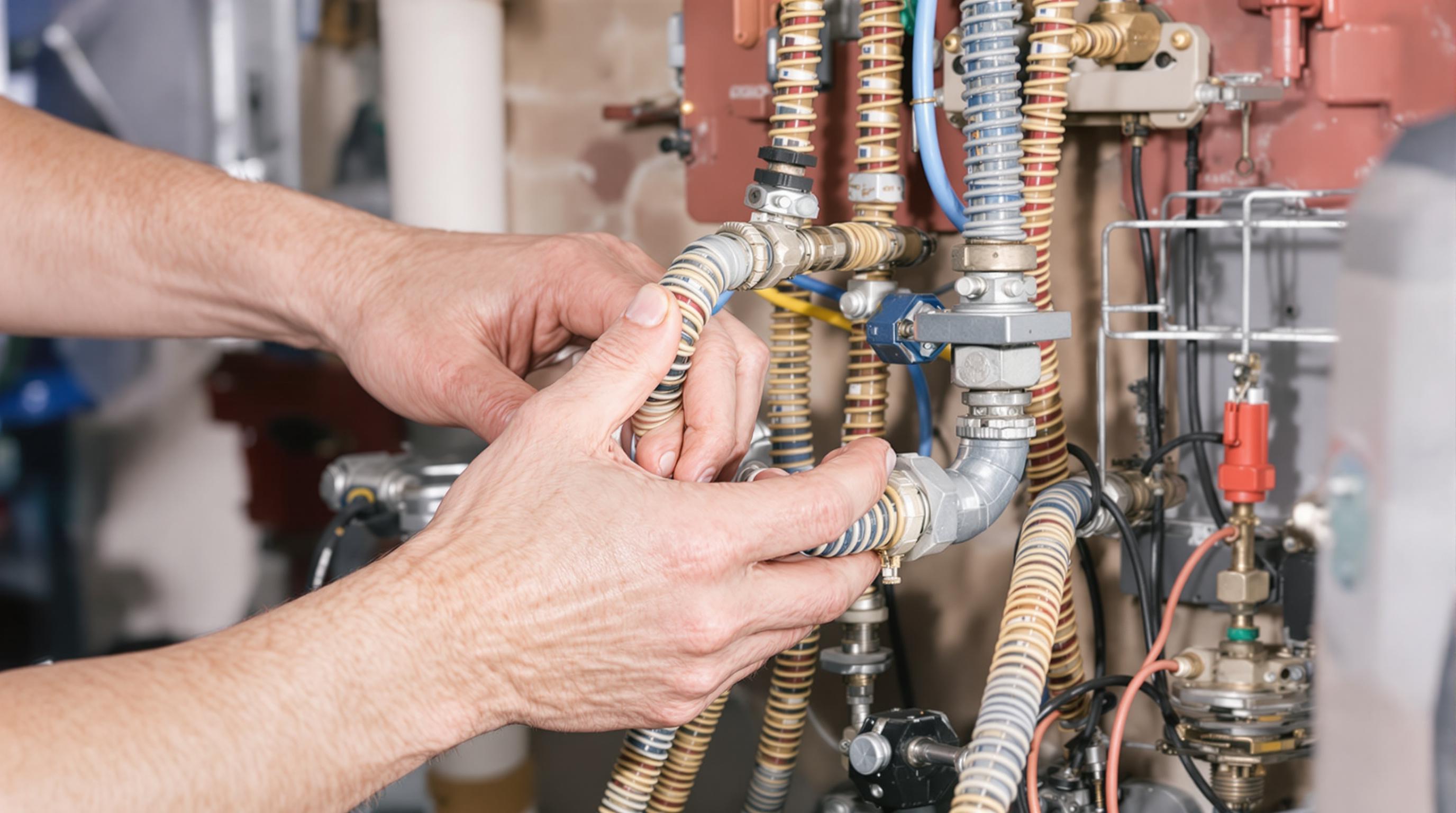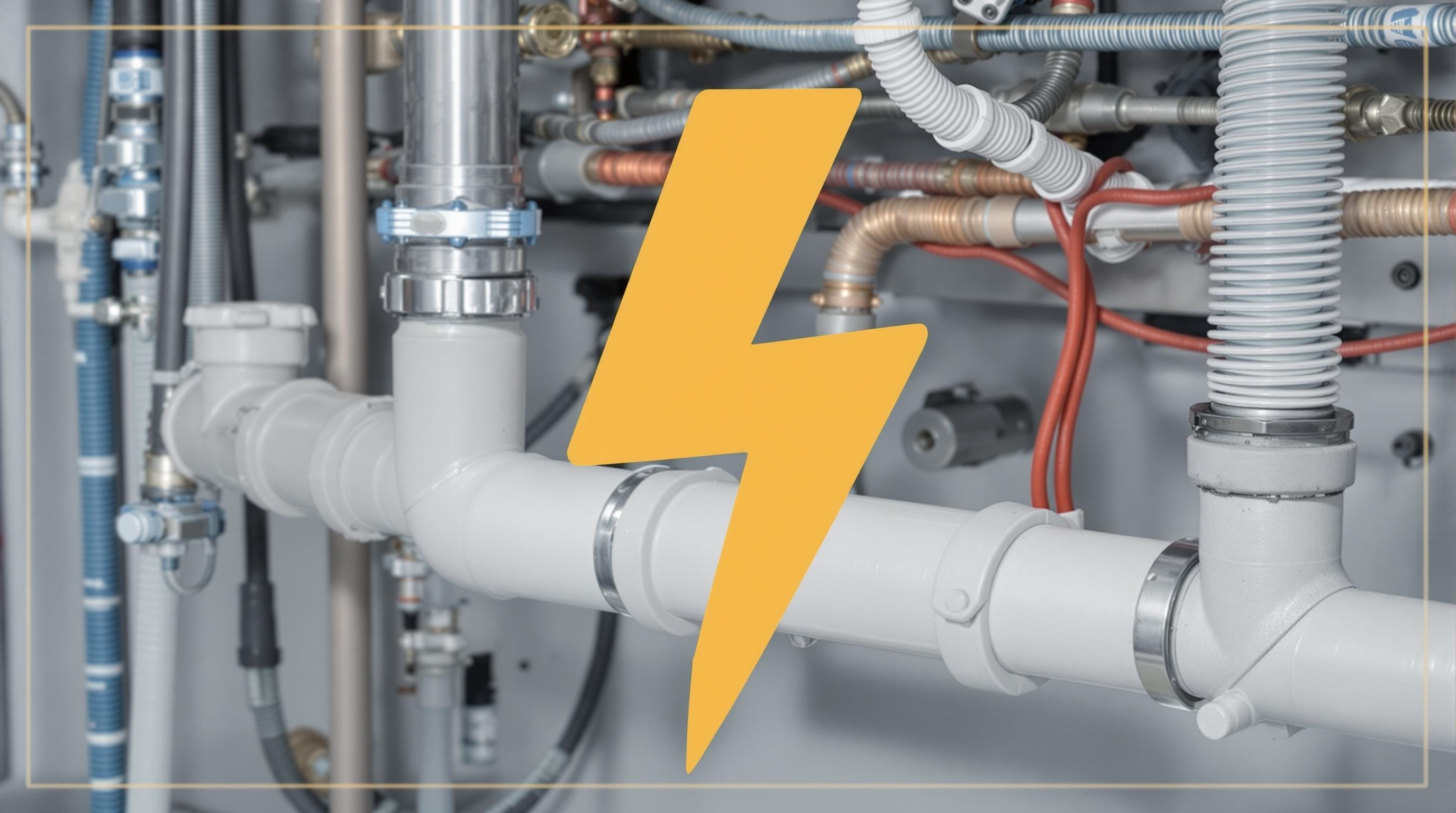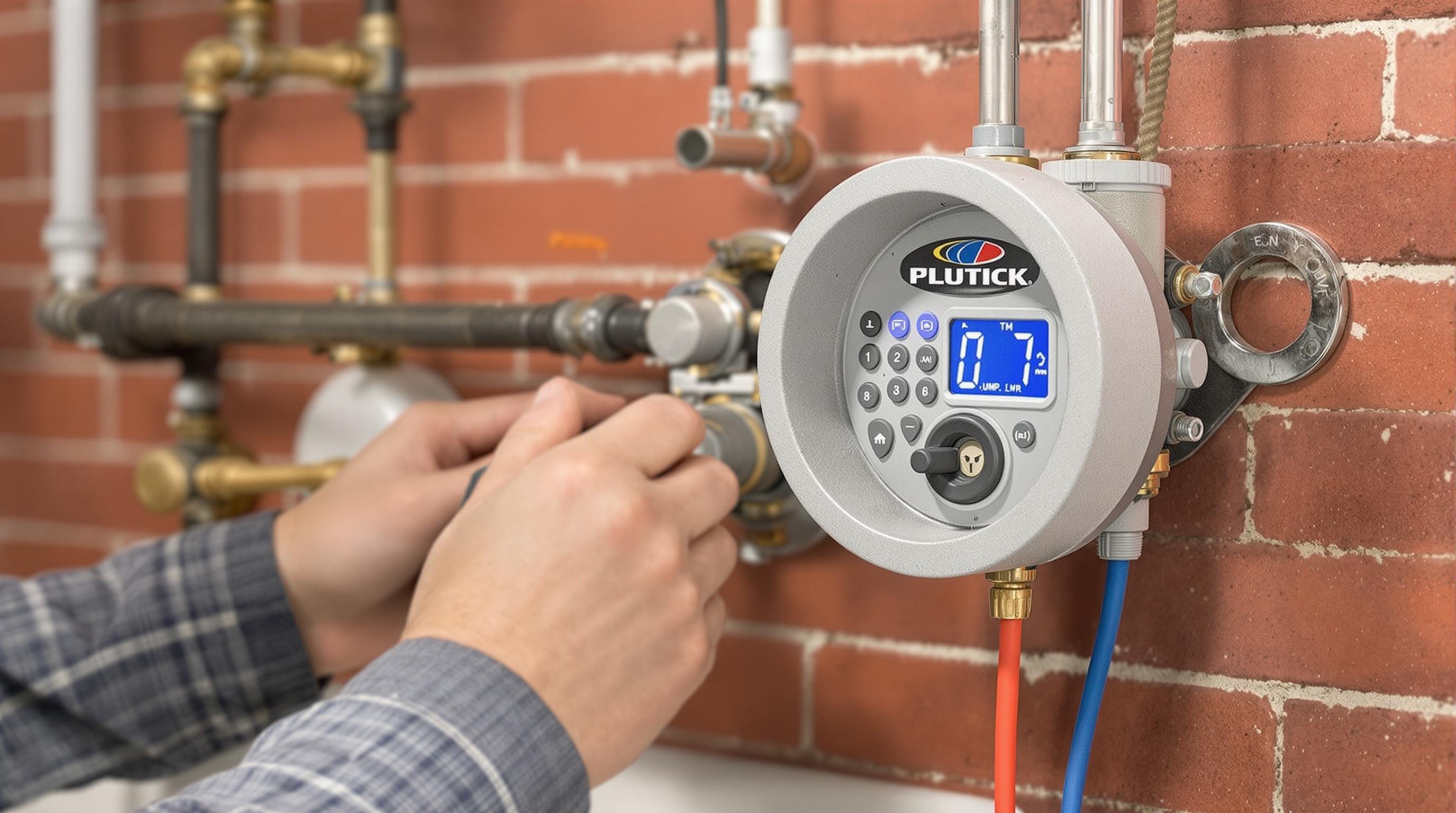Related Articles
- The Hidden Influence of Ergonomics: How Tool Design Shapes Our Physical Spaces and Daily Lives
- The Silent Influence: How Hidden Home Implements Shape Our Daily Routines and Spaces
- The Counterintuitive Role of Chaos: How Messy Tool Storage Can Lead to Unexpected Home Innovations
- Exploring the Unseen: How Audio Experiences Shape the Art of Domestic Spaces and Color Perception
- Rethinking the Mundane: How Everyday Objects are Becoming the Canvas for Modern Artistic Expression in Home Spaces
- Cultivating Chaos: The Surprising Benefits of Embracing Weeds in Your Garden Ecosystem
The Underground Universe: Discovering Forgotten Sewer Systems and Their Impact on Modern Infrastructure
The Underground Universe: Discovering Forgotten Sewer Systems and Their Impact on Modern Infrastructure
Hidden beneath our bustling cities lies a forgotten world: the intricate and often neglected sewer systems that once served as the backbone of urban infrastructure. As we dive into the underground universe, this article explores the historical significance, modern impact, and even the adventures of exploring these subterranean mazes.
The Historical Roots of Urban Sewers
It’s astounding to think that some of the first known sewer systems date back over 4,000 years to the ancient civilizations of Mesopotamia. The Indus Valley civilization also showcased remarkable engineering skills in their sewer systems, with drainage systems that were advanced for their time, often using baked bricks. In fact, a comparison of these systems to modern cities reveals a commitment to urban sanitation that has been surprisingly consistent.
Case Study: The Cloaca Maxima
Rome’s Cloaca Maxima, built around 600 BCE, is one of the oldest sewer systems still in use today. Initially constructed to drain local marshes and remove waste from the city, this monumental feat of engineering allowed Rome to expand its population significantly. Some historians claim it was a critical factor behind the empire's growth, with estimates suggesting that it served over a million residents at its peak.
Modern Marvels: Engineering Today
Fast forward to modern urban planning; cities pour millions into maintaining and expanding sewer systems. In 2020, the American Society of Civil Engineers gave the U.S. wastewater infrastructure a grade of D+, indicating the significant need for improvements and investment. With over 14% of the U.S. population relying on aging systems, the challenge is daunting.
The Hidden Costs of Neglect
In 2018, an estimated 850 billion gallons of untreated sewage were discharged in the United States due to overflows, a reminder of the consequences when infrastructure falls into disrepair. Think about that the next time you flush the toilet. Who knew that a simple act could lead to such a staggering statistic?
Exploring the Sewers: A Modern Adventure
Now, let’s shift gears for a moment—what does a modern urban explorer experience while navigating these dank corridors? This is where the storytelling begins. Picture this: damp walls, faint sounds of dripping water, and the occasional rat skittering away. Urban explorers, typically young adventurers (ages 16 to 30), have taken to social media to document these journeys. Twitter user @UrbanNerd states, “Exploring our sewers feels like walking through an urban time capsule! #SewerLife #UrbanExploration.”
Sewer Photography: Capturing the Dark Side
It’s become something of a subculture; photographers venture into these underground depths, armed with cameras and wide lenses. The results are often hauntingly beautiful, capturing the architectural marvels of grimy tunnels that most people will never see. One notable photographer, who goes by the name “Lost in the Sewers,” uploaded a collection that has garnered thousands of likes on Instagram, showcasing how art can thrive even in the least expected places.
Why Should We Care?
You might be wondering, “What’s the big deal about old sewer systems?” Well, the truth is, understanding these networks helps inform modern infrastructure upgrades. Cities are beginning to recognize that heritage systems can teach us valuable lessons in sustainability, efficiency, and even disaster prevention.
The Environmental Impact of Aging Infrastructure
Recent studies have shown that aging infrastructure contributes significantly to urban flooding and pollution. According to the National Oceanic and Atmospheric Administration, climate change is exacerbating the problem, with rainfall patterns shifting and increasing pressures on outdated sewer systems. Cities like New Orleans, famously known for its struggles with flooding, have begun to invest in retrofitting old systems to accommodate these new challenges.
Perspectives from the Plumbers
Interviews with municipal workers reveal chilling tales of their daily routines down below. Larry, a plumber with over two decades of experience, remarked, “You never know what you’re going to find down there. From old baby buggies to missing pets, it’s a treasure trove of urban history.” This glimpse into the lives of those maintaining our underground systems adds a human touch to an otherwise forgotten side of city life.
The Role of Technology in Reviving Sewers
As cities strive to modernize their sewers, technology plays a crucial role. In London, for example, the ‘Thames Tideway Tunnel’ project aims to reduce the sewage overflow into the River Thames. Costing an estimated £4.2 billion, this ambitious plan includes high-tech monitoring systems and efficient waste management that prioritize sustainability.
Reimagining the Urban Underground
So, what if we took it a step further? Imagine urban planners incorporating green spaces or recreational areas into existing sewer systems. The idea isn't as far-fetched as it seems. Projects like the “Lowline” in New York City showcase how underground spaces can be creatively repurposed. Here, plans include transforming old subway tunnels into green parks that can offer residents a unique escape from the concrete jungle.
Conclusion: Lessons from the Underground
As we traverse the fascinating world of forgotten sewer systems, it's clear that they hold the keys to understanding both our urban past and future. From ancient engineering wonders like the Cloaca Maxima to contemporary eco-friendly projects, these underground networks are integral to our cities' survival. By embracing both history and modern technology, we can bridge the gap between legacy and innovation, crafting a sustainable urban environment for generations to come.
The next time you walk down the street, remember that something extraordinary lies beneath your feet. Perhaps it’s time to start celebrating our underground universe, not just for its history but for its potential. Who knows? The future of your city could very well depend on how we act today.





